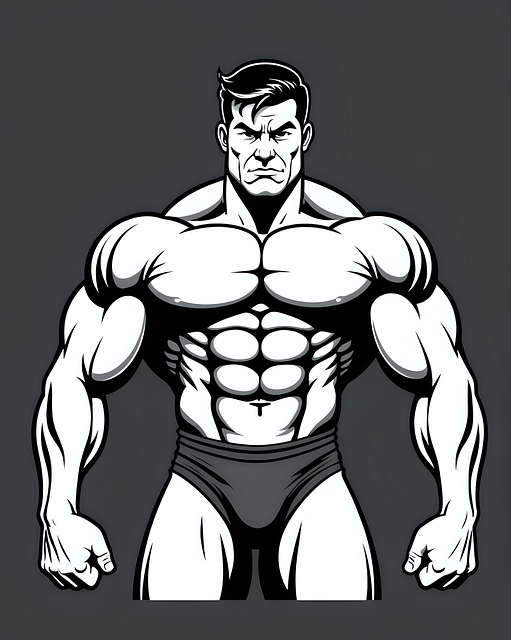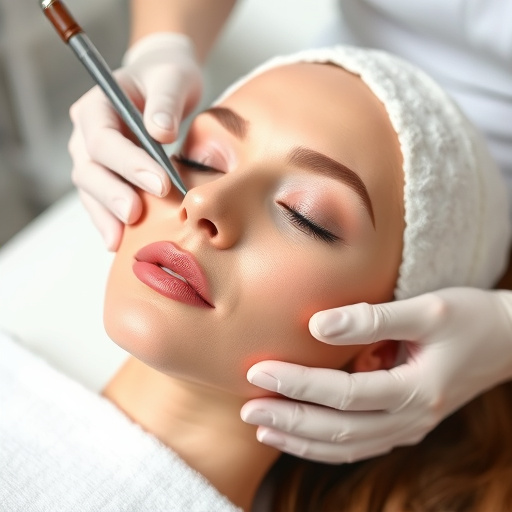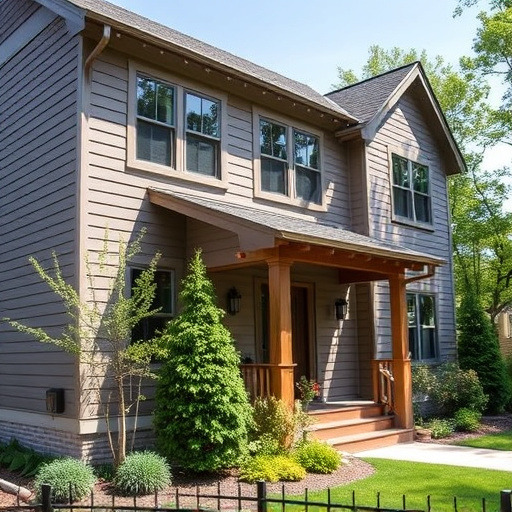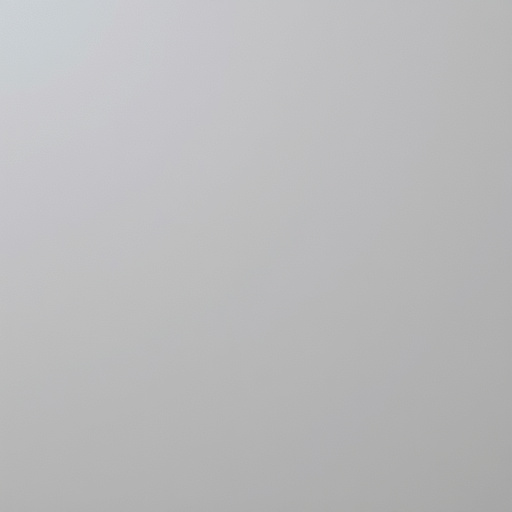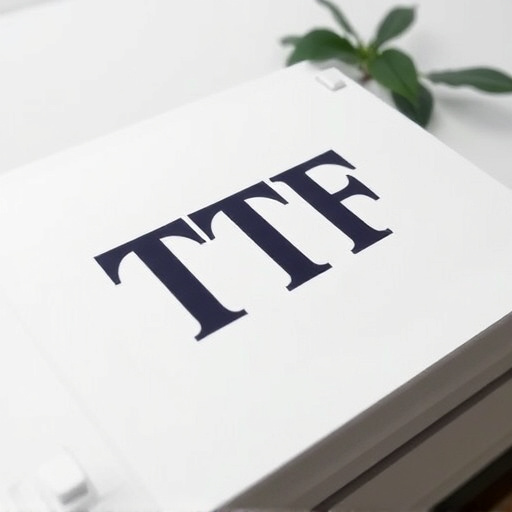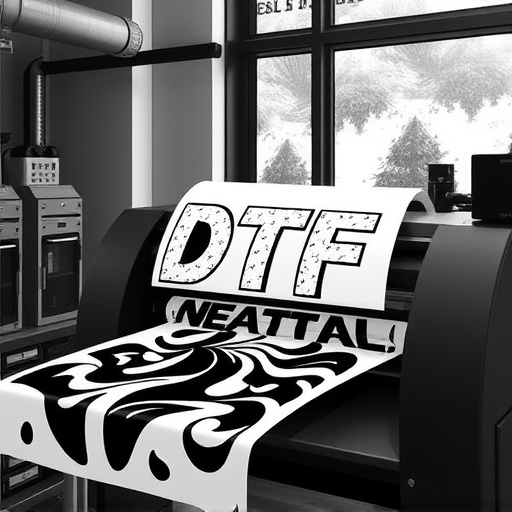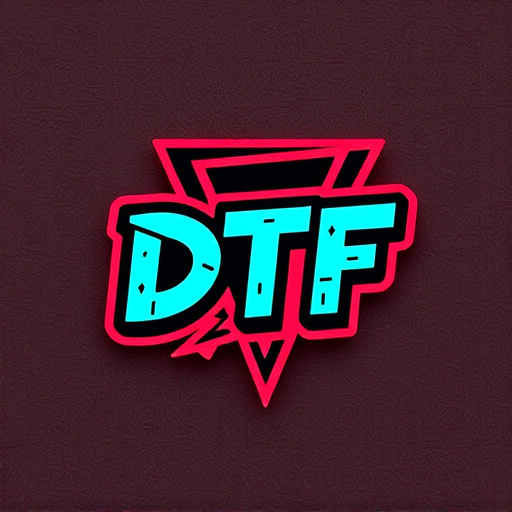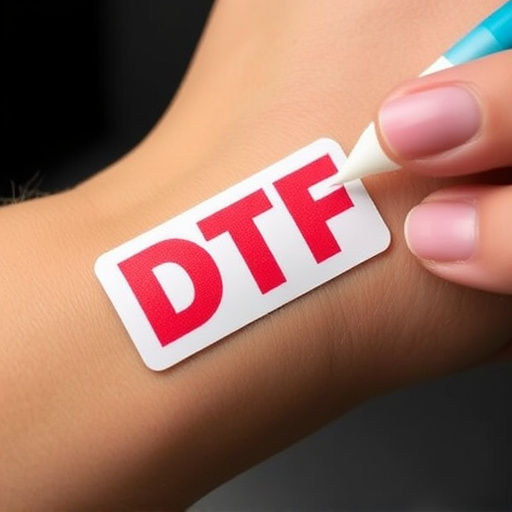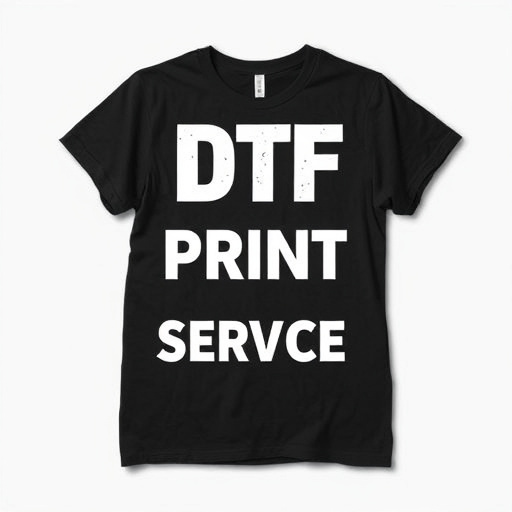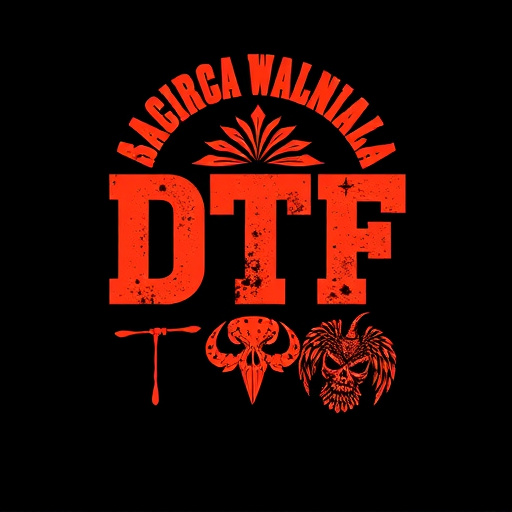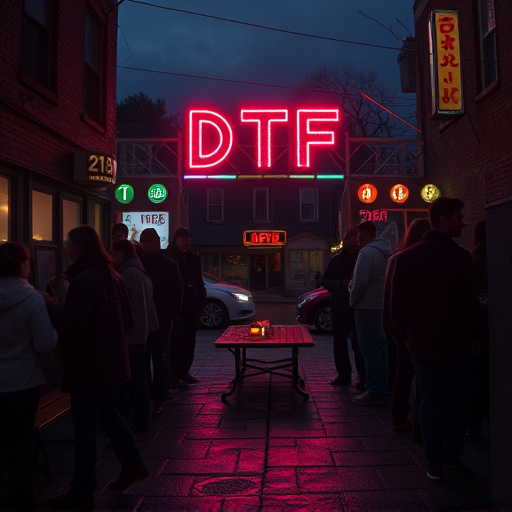A DTF (Direct to Fabric) curing oven is an industrial tool that prints and cures ink onto fabric, ideal for textile decoration and merchandise. Choosing the right one depends on factors like production volume (dictating capacity), heat distribution (performance heating elements), temperature control, energy efficiency, and versatility in handling different fabrics and design types. The perfect DTF oven matches these features to specific printing needs, from high-volume t-shirt production to custom designs on lighter fabrics, ensuring optimal print quality and workshop productivity.
Choosing the right DTF (Direct-To-Form) curing oven is crucial for optimizing your shop’s productivity and product quality. This guide will help you navigate the process by exploring the essential features of these advanced ovens, which play a pivotal role in rapid prototyping and small-batch manufacturing. From understanding their basic functions to evaluating different types, this article offers insights to ensure you select the ideal DTF curing oven tailored to your specific requirements.
- Understanding DTF Curing Ovens and Their Purposes
- Key Features to Consider When Selecting a DTF Curing Oven
- Evaluating Different Types of DTF Curing Ovens for Your Specific Needs
Understanding DTF Curing Ovens and Their Purposes
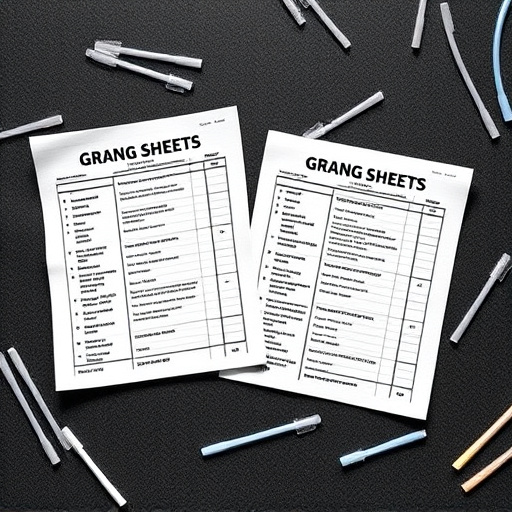
A DTF Curing Oven, or Direct to Fabric (DTF) curing oven, is a specialized piece of equipment used in the printing industry to set and cure ink on fabric materials, ensuring long-lasting, vibrant prints. These ovens play a crucial role in the process of creating custom dtf transfers, which are widely used for textile decoration, clothing design, and promotional merchandise. Understanding the purpose of a DTF curing oven is essential when choosing the right one for your shop, as it directly impacts print quality and efficiency.
The primary function of these ovens is to apply heat to the printed fabric, causing the ink to undergo a chemical reaction that sets and hardens it. This process, known as curing, ensures that the design is permanently fixed onto the fabric. Different fabrics have varying requirements for optimal curing, so having control over temperature and time in a DTF oven is key. With the best dtf printer, you can achieve precise results, allowing for intricate designs and a wide range of fabric types to be transformed into custom transfers, catering to diverse customer demands.
Key Features to Consider When Selecting a DTF Curing Oven
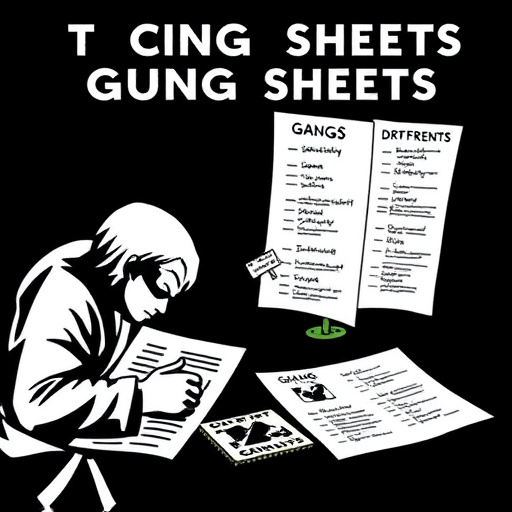
When selecting a DTF (Direct-to-Fabric) curing oven, several key features should be at the forefront of your consideration to ensure optimal performance and efficiency for your shop’s specific needs. Firstly, think about the capacity of the oven in terms of both size and production volume. For instance, if you’re involved in bulk DTF shirt production, a larger oven with higher throughput will be more suitable compared to a smaller workshop focusing on custom designs. Additionally, heating elements play a crucial role in curing quality; look for ovens with high-performance heating components designed to provide even heat distribution across various fabric types.
Another critical aspect is temperature control and precision. The ability to set and maintain specific temperatures for different materials is essential, especially when dealing with light fabrics that require precise curing conditions. Some advanced models offer automated temperature profiling, which can significantly enhance consistency in your DTF printing outcomes. Furthermore, consider the energy efficiency of the oven to reduce operational costs and environmental impact, a factor that becomes increasingly important as you scale up your DTF printing for light fabrics.
Evaluating Different Types of DTF Curing Ovens for Your Specific Needs
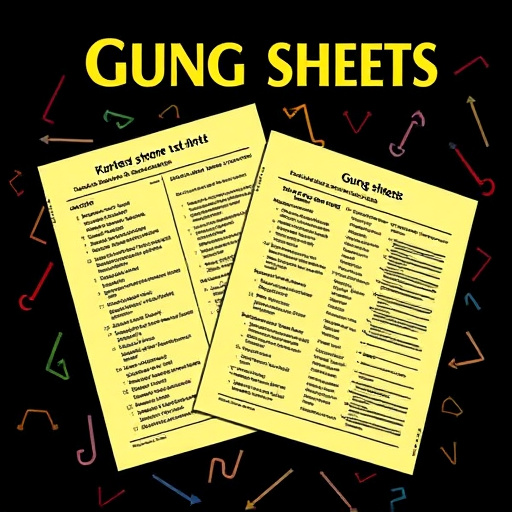
When evaluating DTF (Direct to Fabric) curing ovens, understanding your specific needs is key. Different applications require varied features and capacities. For instance, if focused on dtf for t-shirts, a smaller oven with precise temperature control might be ideal for high-volume production runs. On the other hand, for custom designs like dtf printing for hoodies, larger capacity models that accommodate various fabric types could be more suitable.
Consider your typical workloads and target products. If you’re primarily dealing with dtf printing for t-shirts, energy efficiency might be a top priority. However, if you work with diverse items from apparel to accessories, look for ovens offering versatile settings and customizable programs. This flexibility ensures optimal results across different projects and substrates, enhancing your shop’s overall efficiency.
Choosing the right DTF Curing Oven is a strategic decision that can significantly enhance your shop’s efficiency and productivity. By understanding the purpose, key features, and different types of these ovens, you’re well-equipped to select the optimal model for your specific needs. Remember, the right DTF Curing Oven isn’t just an investment in equipment; it’s an investment in the future of your shop, ensuring top-quality results and streamlined workflows.
